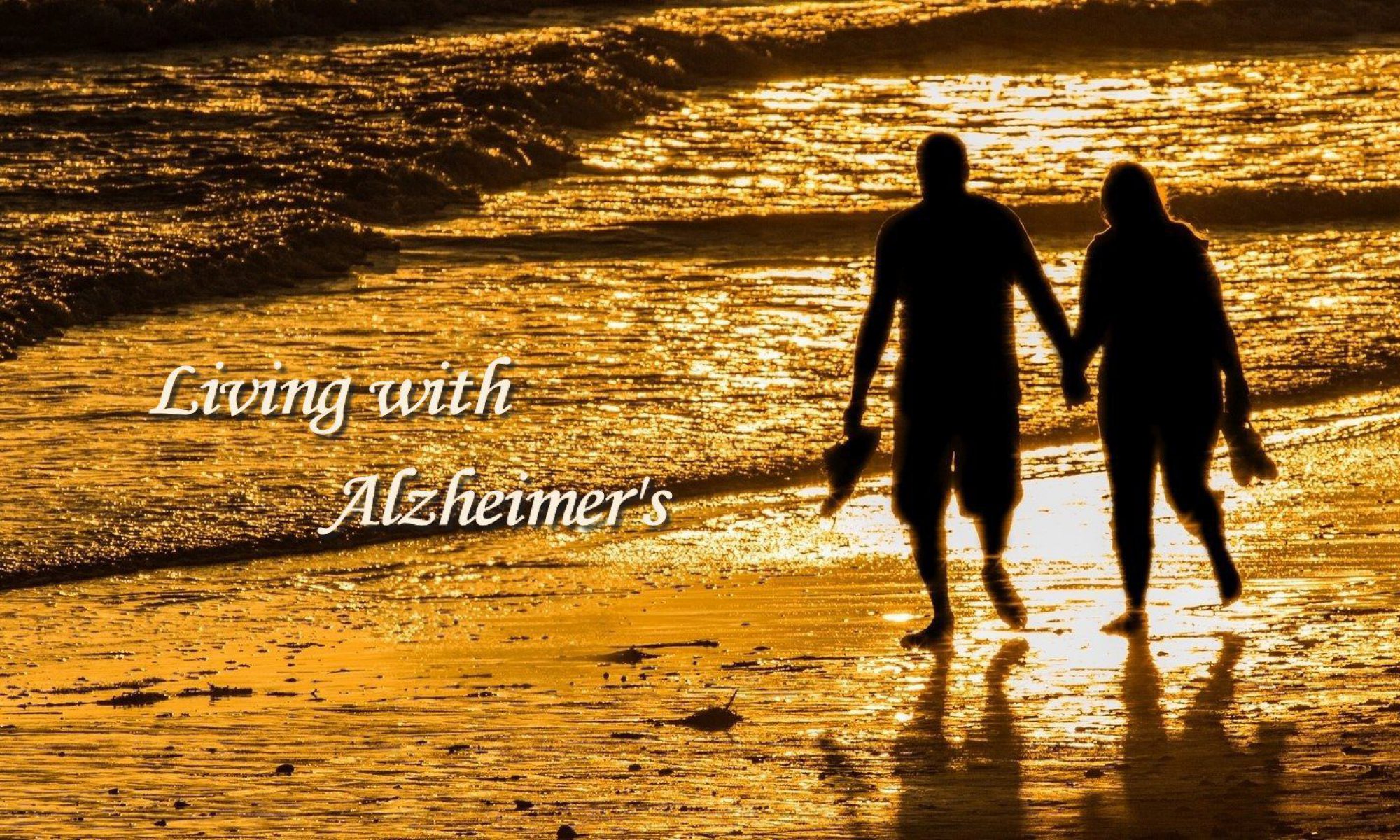As I have noted previously, Kate was hospitalized with Covid for eight days in November 2020. Prior to that, she was in the early stage of aphasia and also showed signs of losing her mobility. Her hospital experience exacerbated each of these symptoms. Five months later, we moved to a continuing care retirement facility. Although she never cognitively recognized the move, our lives were very different. A year later, she had a stroke.
Since that time, we haven’t had any other “bumps” in the road, and Kate has improved in noticeable ways. That has been especially true during the current year. This past week we experienced another “Happy Moment” for her and everyone she encountered.
It began at a reception following an afternoon concert. One of the residents of our retirement community came over to talk to us. During the conversation, Kate surprised us by speaking to her. As usual, what she said was unintelligible, but it was great to see and hear her talking.
When that resident moved on, another resident approached Kate and asked her a question. This is the same resident I mentioned several posts ago who a few weeks ago had engaged in an extended conversation with Kate. We were especially pleased because this resident stops to visit with us almost every day when we go for ice cream. She is always seeking a smile or some audible response. Typically, Kate neither smiles nor talks to her. This time she received plenty of both.
From there, we went to the café down the hall where we got Kate’s ice cream. It wasn’t long before that same resident dropped by. Once again, Kate responded beautifully. They must have talked at least 20-30 minutes.
While they talked, another resident sitting at a nearby table was astonished. She said, “I’ve never heard her talk before.” She was so fascinated that she dropped what she was doing and just listened.
Three other residents were sitting across the room. They had heard what was going on and were listening as well. When the resident talking with Kate left, I invited them to come over to our table. They gladly accepted my invitation. That continued until it was time for our dinner. Altogether, Kate was involved in conversation almost two hours.
It was not only that everyone was amazed that she was talking. She also appeared to grasp what was being said to her.
During the past few days, Kate has continued to be especially cheerful and talkative. This isn’t true every moment of the day but definitely more often than usual.






